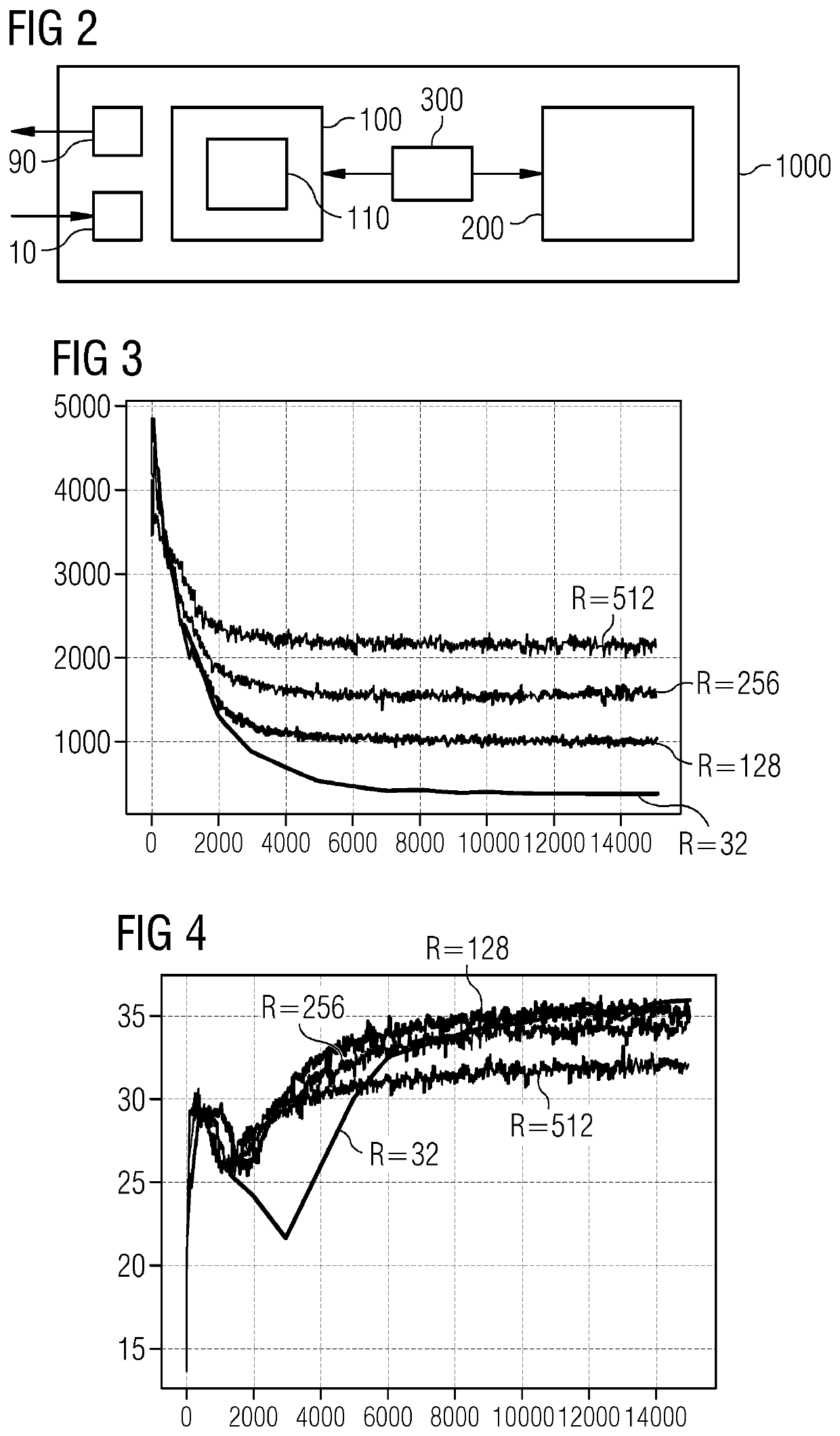Quantum machine learning algorithm for knowledge graphs
a machine learning and knowledge graph technology, applied in the field of quantum machine learning algorithm for knowledge graphs, can solve the problems of not having an existing quantum computation method which can handle tenorized data, and it is particularly difficult to scale the learning and inference algorithm to perform inference on the entire knowledge graph
- Summary
- Abstract
- Description
- Claims
- Application Information
AI Technical Summary
Benefits of technology
Problems solved by technology
Method used
Image
Examples
Embodiment Construction
[0070]Although specific embodiments have been illustrated and described herein, it will be appreciated by those of ordinary skill in the art that the variety of alternate and / or equivalent implementations may be substituted for the specific embodiments shown and described without departing from the scope of the present invention. Generally, this application is intended to cover any adaptations or variations of the specific embodiments discussed herein.
[0071]FIG. 1 shows a schematic flow diagram illustrating a method according to an embodiment of the first aspect of the present invention.
[0072]This description contains two parts. The first part contributes to the classical binary tensor sparsification method. Especially, the first binary tensor sparsification condition is derived under which the original tensor can be well approximated by a truncated (or: projected) tensor SVD of its subsampled tensor.
[0073]The second part contributes to the method of performing knowledge graph infer...
PUM
 Login to View More
Login to View More Abstract
Description
Claims
Application Information
 Login to View More
Login to View More - R&D
- Intellectual Property
- Life Sciences
- Materials
- Tech Scout
- Unparalleled Data Quality
- Higher Quality Content
- 60% Fewer Hallucinations
Browse by: Latest US Patents, China's latest patents, Technical Efficacy Thesaurus, Application Domain, Technology Topic, Popular Technical Reports.
© 2025 PatSnap. All rights reserved.Legal|Privacy policy|Modern Slavery Act Transparency Statement|Sitemap|About US| Contact US: help@patsnap.com


